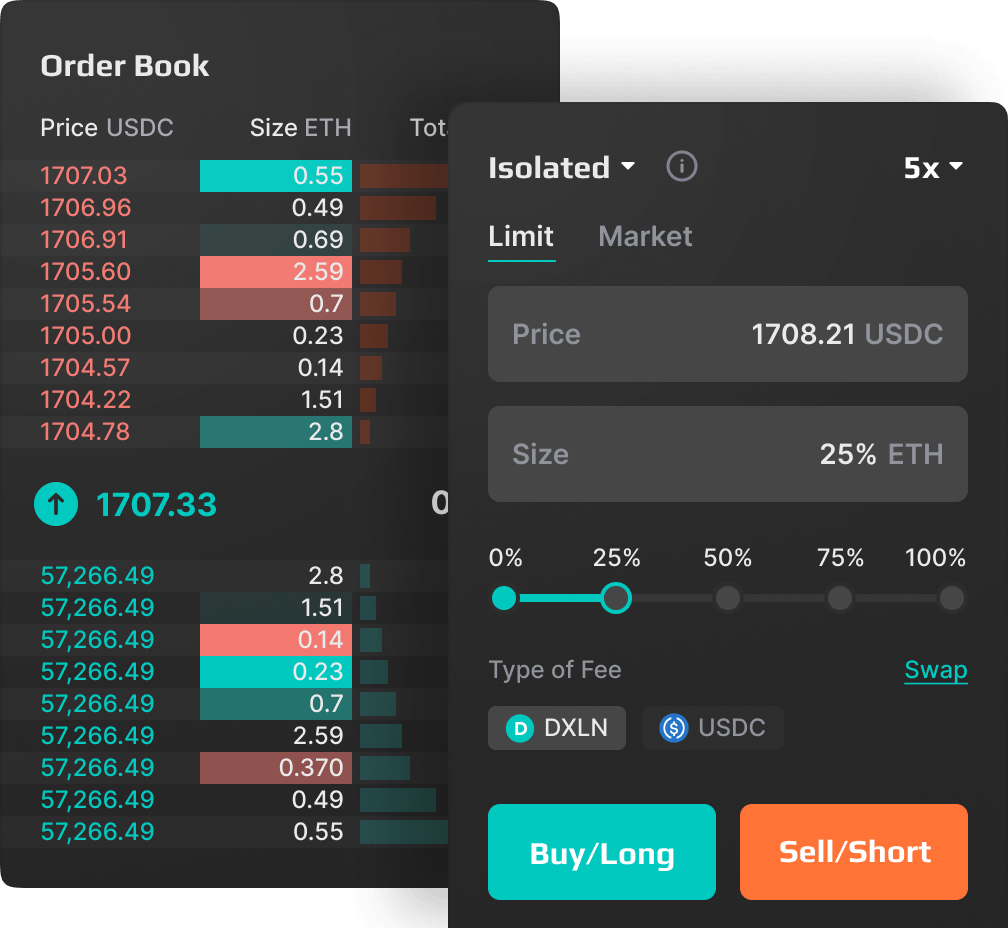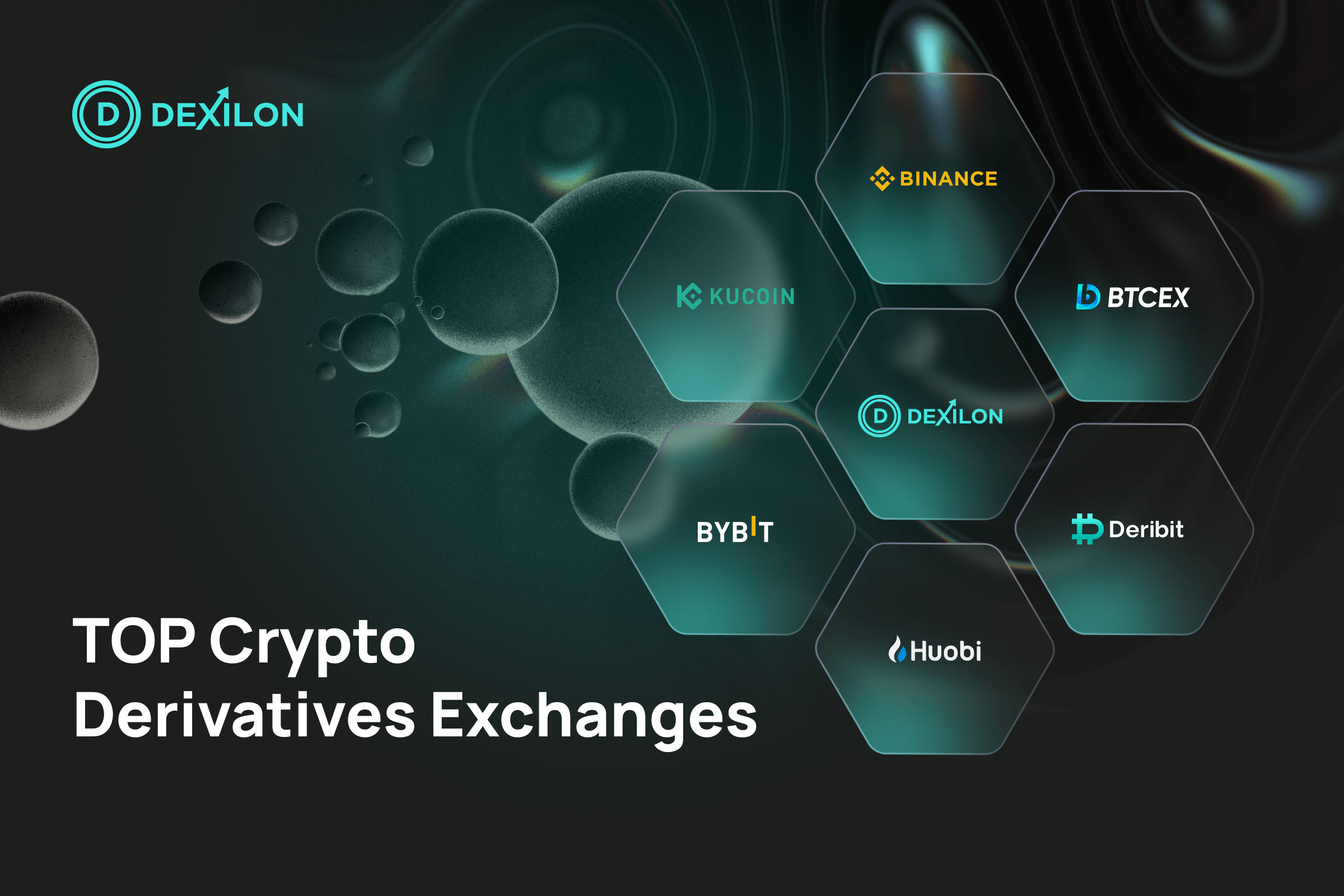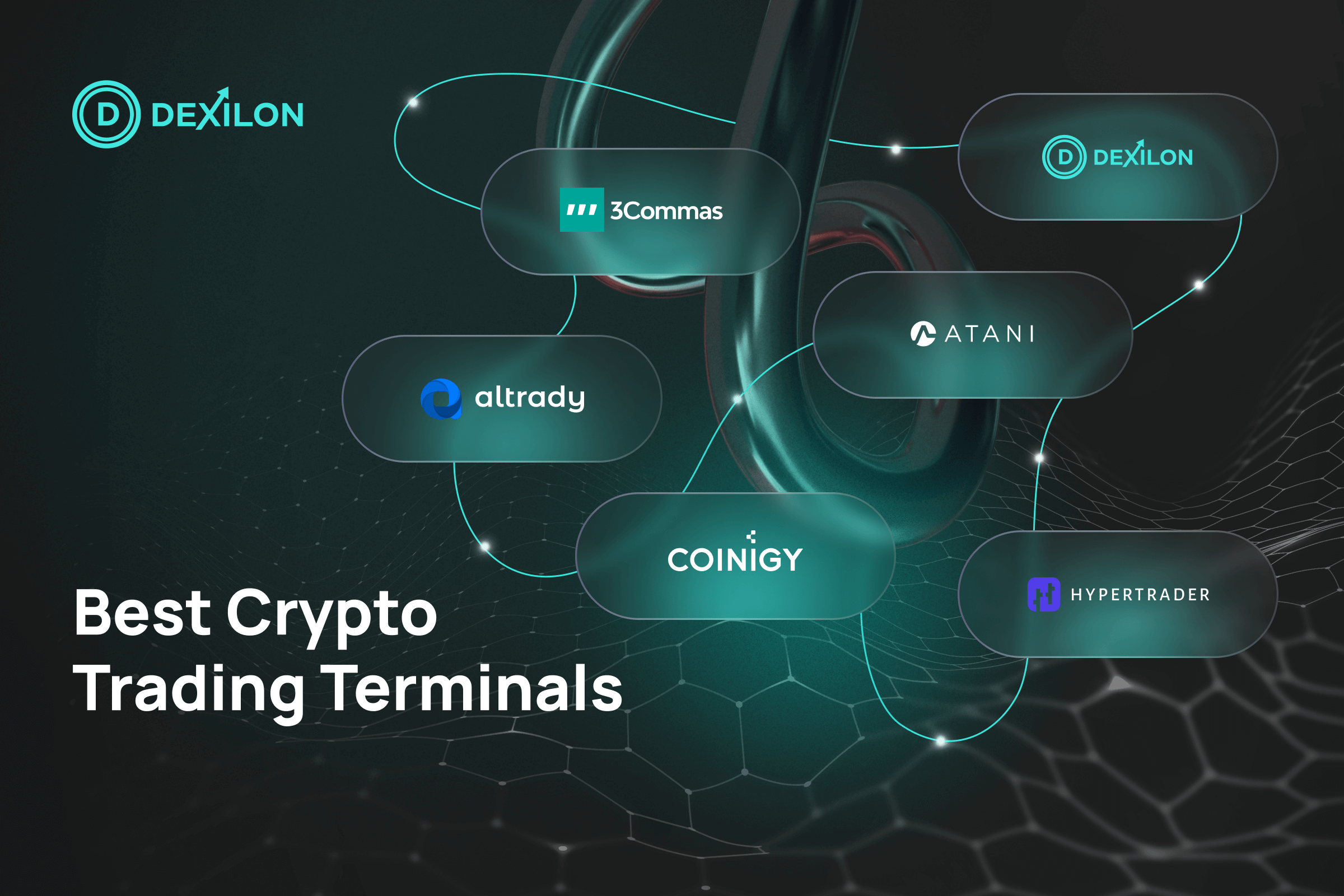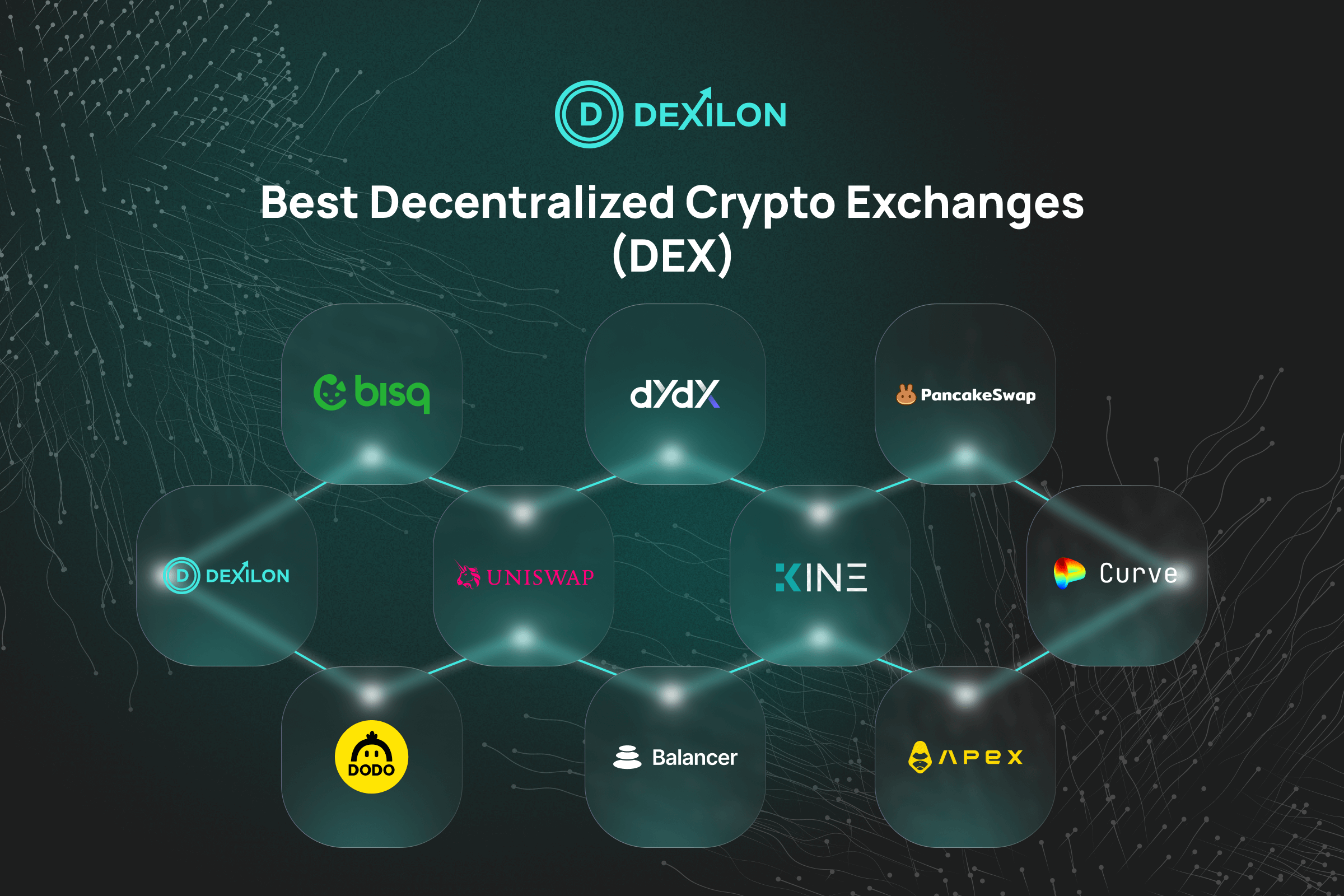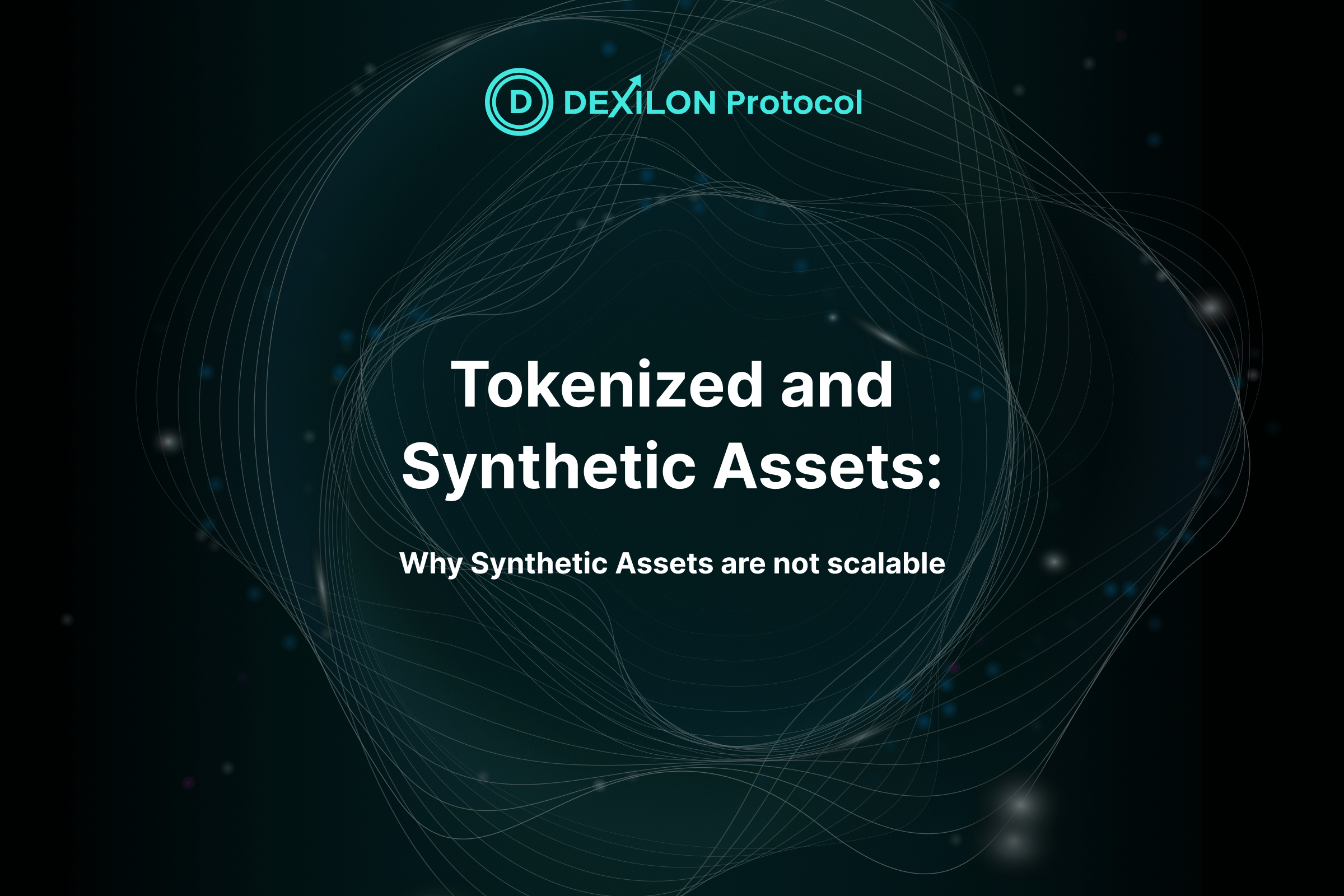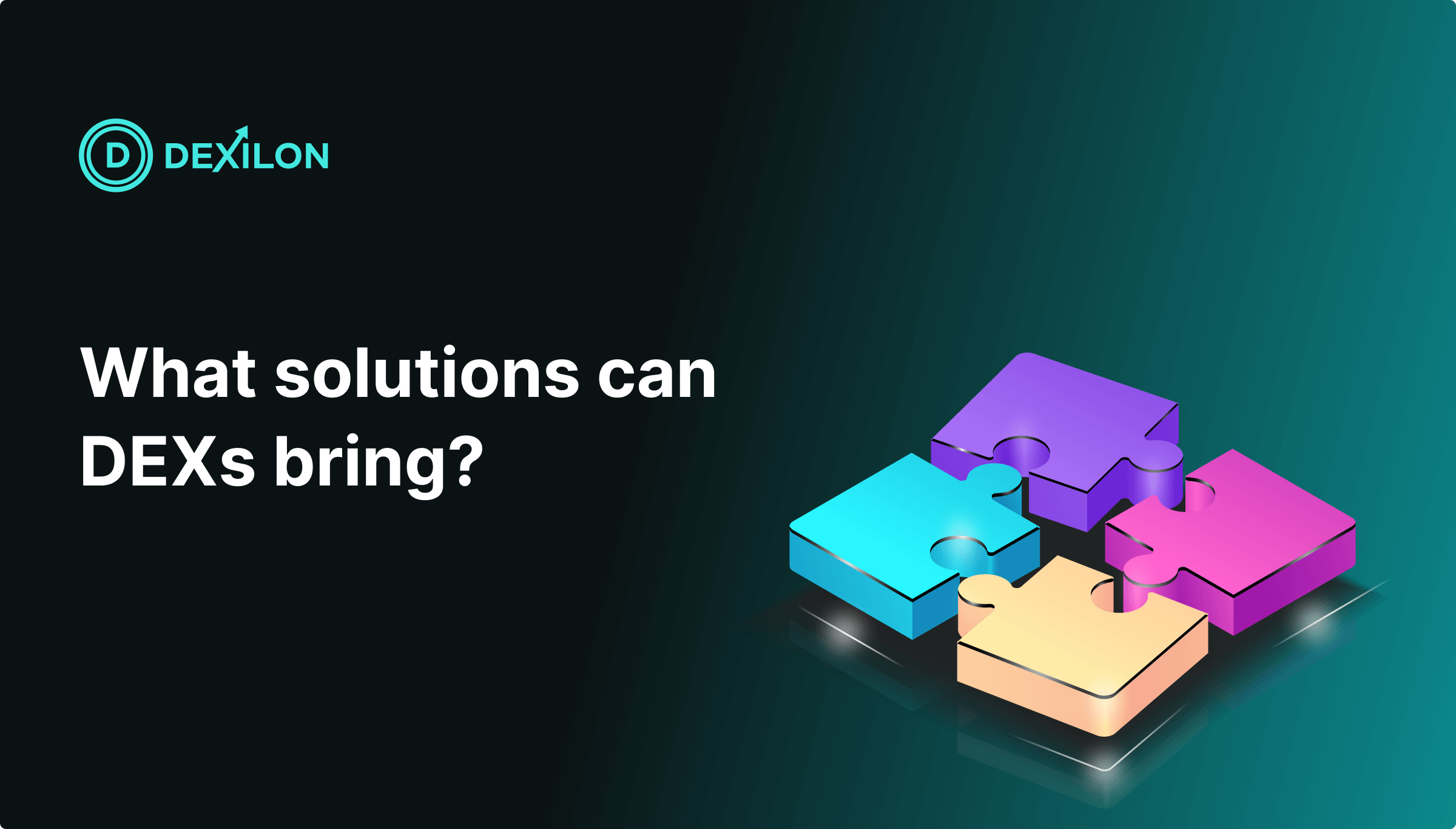Problems of Scaling DeFi
19, May, 2022 • Maxym Aptilon
What is DeFi?
DeFi refers to decentralized finances that aim to address the drawbacks of using centralized platforms in providing financial services. The concept of decentralized finance (DeFi) is based on distributed ledger technology similar to that used by cryptocurrencies. Through emerging technology, DeFi eliminates intermediaries so people, merchants, and businesses can perform any financial transactions directly. The concept is implemented through peer-to-peer financial networks that rely on security protocols, hardware advancement, connectivity, and software.
As a matter of fact, DeFi projects (decentralized exchanges) aim to match their centralized counterparts. DEXs, for example, are struggling the most as they are very dependent on speed and throughput. So how can it be possible?
DeFi solutions
To conduct transactions, DEXs use smart contracts. They are self-executing contracts in which the terms of the agreement between buyer and seller are incorporated directly into code.
What is special about these contracts is that they support trades on DEXs, eliminating the need for intermediaries to update records, ensure compliance, and manage counterparty risk. Additionally, DeFi applications implement cryptographic mechanisms to authenticate information before recording it, making operations transparent. In this way, they accelerate transactions, and eliminate the risk of human error.
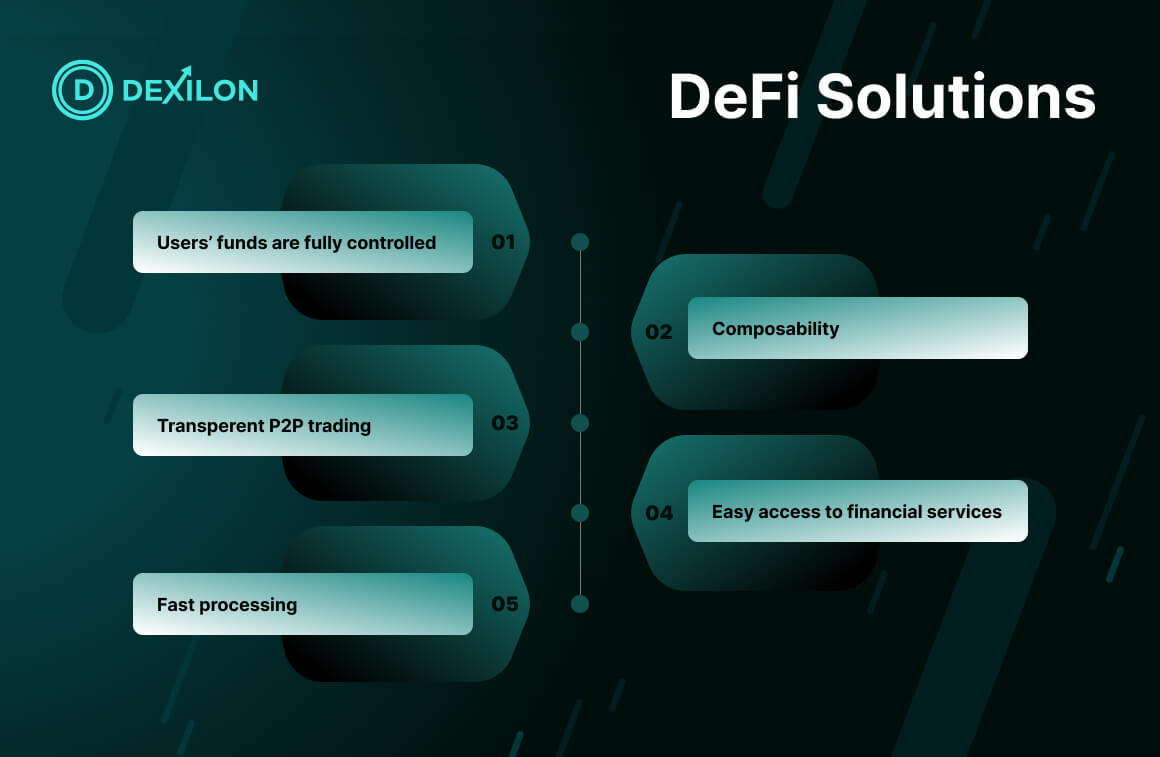
What is more, DeFi can easily interact with other decentralized apps (dApps). They offer entirely autonomous and decentralized banking services such as borrowing, lending, trading, and derivatives. When combined, they represent a new paradigm for finance. Despite this, DeFi is facing several challenges.
What Problems is DeFi Trying to Solve? Major Challenges
Since any operation must be publicly disclosed and recorded on the blockchain network, this establishes a restriction on the total number of transactions carried out at a given moment. The technology ensures the network’s protection, but it needs lots of computation power which costs money. Thus, DeFis are prone to contract limitations, high fees, and DDoS attacks. There is also one key issue of DeFi: scalability.
What is Scalability?
The scalability of a system refers to how big it can grow without encountering performance degradation. In blockchain architectures, this is often referred to as throughput. DeFi’s scalability is essential since the network undergoes a dramatic increase in transactions. Consequently, in case the network won’t be able to manage all transactions, it couldn’t expand.
To face such a problem, blockchains developed Layer 2.
Layer 2 Solution
Multiple solutions to the blockchain scalability problem are referred to as Layer 2, or “off-chain” scaling options. Layer 2 is an initial part of any blockchain. The Bitcoin Lightning Network and Ethereum Plasma are two important examples of Layer 2 solutions. Despite their differences in functioning principles and features, both technologies try to enhance the throughput of blockchain networks and reduce gas fees.
How does it work?
Usually, Layer 2 is added as an additional layer to the main chain (Layer 1). Thus, there is no need to implement any modifications to the fundamental structure. Consequently, such a solution provides no impact on the Layer 1 network security, and the number of performed transactions (high throughput) grows.
Let’s figure out what the types of Ethereum’s Layer 2 solutions are.
Types of Ethereum Scaling Solutions
To address concerns like scalability, high gas fees, and network congestion, Ethereum is getting ready to release its landmark Ethereum 2.0 upgrade, which would completely redesign the network.
Ethereum 2.0 is a major upgrade to the network, consisting of several stages that will result in the switch from proof-of-work to proof-of-stake consensus, making the network more scalable, safe, and long-term.
There are 3 types of Ethereum scaling solutions:
- Plasma – utilizes a secondary blockchain helping with the main chain verification. Despite being quite similar to smart contracts of Polkadot, Plasma contracts are organized in a hierarchy to exclude transactions from the main chain, freeing up time and increasing scalability.
- Optimistic Rollups – function on Ethereum’s base layer to allow for the execution of a large number of smart contracts without the network overload. They maintain the same level of security as the Ethereum main chain. To achieve faster transaction speeds, data aggregators calculate Merkle root. They do, however, have a lower throughput than Plasma and ZK Rollups.
- ZK (zero-knowledge) Rollups – data packs that are securitized on the main chain by a smart contract before being sent off-chain for processing and computation. With the capacity to process 2,000 TPS, they can generate a block in under a minute. The term “zero-knowledge” refers to the fact that all verifiers can be aware that they have the same information without it being revealed.
Since data is stored off-chain, the ZK-rollups Layer 2 scaling approach outperforms Layer 1. Layer 2 relevant smart contract data is required less frequently than data from Layer 1 blockchains. This saves a lot of computing power, and transaction validation takes up less space on the blockchain. As a result, gas prices fall, making transactions faster and less expensive.
Ethereum 2.0: Will it Solve the Problem of Scalability?
These days, most DeFi operations are processed on the Ethereum blockchain. To settle on the blockchain, each of these transactions costs some amount of ETH, Ethereum’s native cryptocurrency. Due to the growing popularity of DeFi in 2020, transaction prices have skyrocketed. As of now, the cost of the basic transaction starts from $20, and complex operations with smart contracts charge up to $200, depending on how the blockchain is currently being used.
Despite all the changes Ethereum tries to implement, for now, Ethereum Proof-of-Work throughput remains low – only 15 transactions per second. In order to solve this problem, developers came up with the idea of optimization of the processes. Thus, they are working on the elaboration of Ethereum 2.0 – a huge lap from an energy-consuming Proof-of-Work (PoW) consensus to the leaner, greener Proof-of-Stake (PoS) mechanism. However, such a transformation may cause a problem for miners who enjoy the Proof of Work mining process.
To follow its Layer-2 centered roadmap, ETH focuses on the rise of sidechains and rollups to reduce gas fees and low throughput on Layer 1. Despite this strategy, the percentage of DeFi domination, which was projected to be about 100% at the beginning of last year, has since reduced to an estimated 70% of the market.
As a consequence, the value of their native tokens has also risen. While Ethereum’s network asset, Ether (ETH), went up in price, each of the abovementioned tokens outperformed ETH in the previous year. Ethereum 2.0 update aims to change the proof-of-work (PoW) consensus to a more energy-friendly proof-of-stake (PoS) consensus. Why is it so?
- PoW requires a lot of computation power and thus can handle just few transactions per second. For these reasons, each operation costs a lot of money. At the same time, it is claimed to be highly secure.
- PoS, in its turn, can process far more transactions per second than PoW. However, the level of security is quite low and PoS is not suitable for miners.
So now we see how Ethereum, with its expensive gas fees and low throughput, is evolving due to Layer 2 solutions.
Ethereum 2.0 Drawbacks
Ethereum 2.0 offers a perfect solution and a nice alternative to CEXs. However, it may have some drawbacks.
Bridges
As Layer 2 is an additional Layer to the Mainnet, it joins Layer 1 through the bridge. You may wonder how secure are Layer 1 to Layer 2 bridges. Despite all the strong sides, they are prone to STP, ARP, LLDP, and other attacks.
High fees
Compared to the new public chains like Polkadot, Avalanche, Solana, etc., which are also making good headway, Ethereum charges high fees.
Thus, if Uniswap transaction costs $0.0001, and the one on Binance is worth $0,20, the fees on Ethereum is $7, and on its Optimistic rollup, the fees go above $0,68.Is DeFi the Future of Finance?
The industry’s problem with Layer 2 is that many of them are different, and it is not clear how they work and how safe they are. In addition, there are still lots of rocks on the road, like the vulnerability of the bridges between Layer 1 and Layer 2.
However, Layer 2 has no alternative. On the other hand, the Proof of Stake to which Ethereum wants to switch won’t be enough to cater to the current DeFi inquiry, as one public blockchain cannot cope with the demand. Thus, Layer 2 Solutions will continue to develop, searching for new solutions.
Is DeFi the Future of Finance?
The industry’s problem with Layer 2 is that many of them are different, and it is not clear how they work and how safe they are. In addition, there are still lots of rocks on the road, like the vulnerability of the bridges between Layer 1 and Layer 2.
However, Layer 2 has no alternative. On the other hand, the Proof of Stake to which Ethereum wants to switch won’t be enough to cater to the current DeFi inquiry, as one public blockchain cannot cope with the demand. Thus, Layer 2 Solutions will continue to develop, searching for new solutions.
